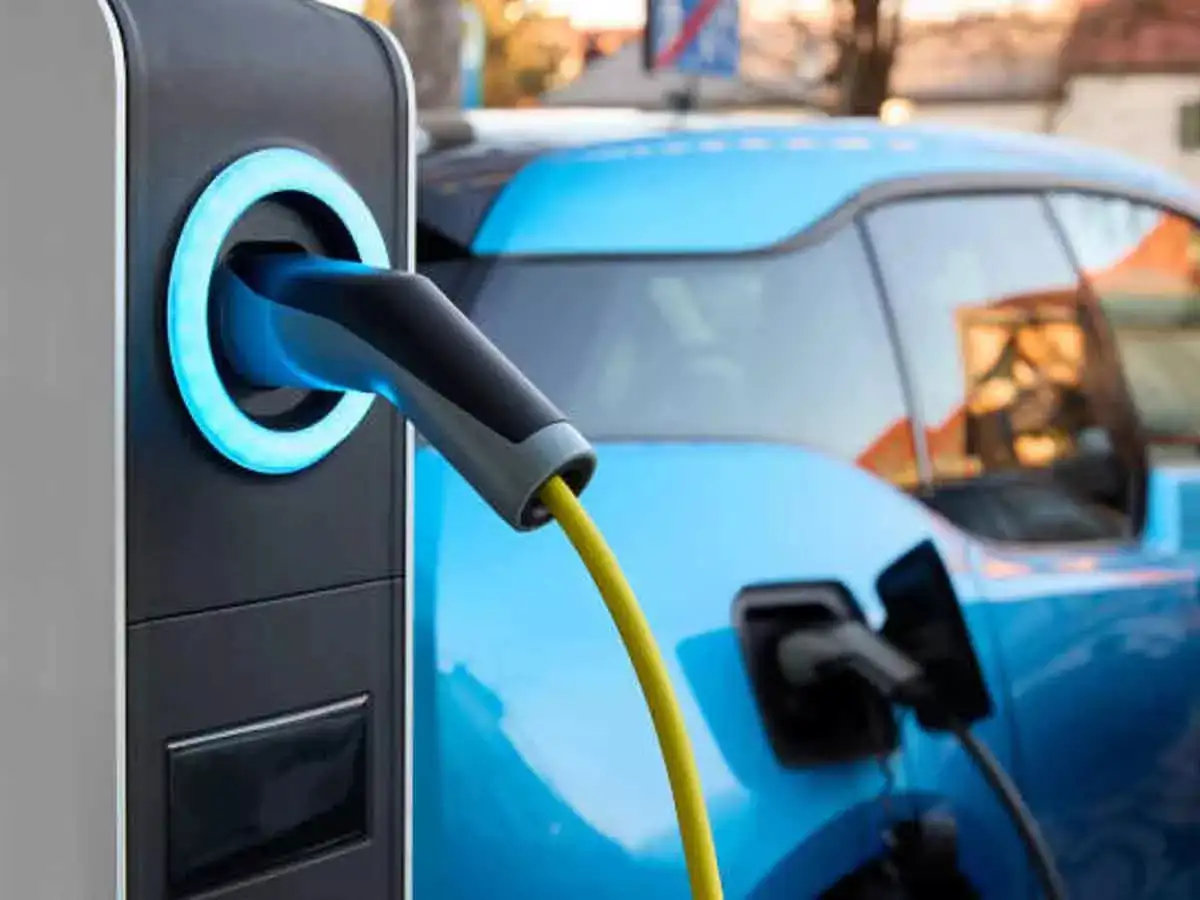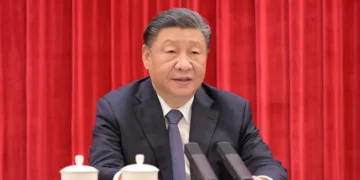In the past year, 76 percent of passenger cars sold in Nepal were electric, up from almost zero five years ago. The rate for light commercial vehicles is 50 percent. The rapid change is due to government policies and the market influence of China’s electric vehicles. Nepal has become self-sufficient in electricity generation through the use of hydroelectric resources and has taken various initiatives to promote the spread of electric vehicles, such as tax breaks, building charging stations and developing infrastructure. However, there are concerns about the limitations of charging facilities, maintenance costs and possible changes in government policies. The government and China are providing support for the use of electric buses in public transport, which could bring a major change in the city’s transportation system in the next few years.
Nepal has achieved unprecedented success in the use and sale of electric vehicles in the past year. Statistics show that, 76 percent of all passenger cars sold in the country in the past year were electric. The rate is 50 percent for light commercial vehicles. Even five years ago, this number was close to zero.
Kathmandu is plagued by traffic jams and pollution
The capital Kathmandu, home to more than three million people, is made up mainly of narrow streets. Once suitable for pedestrians and rickshaws, these streets are now clogged with buses, motorbikes, small trucks and taxis. City dwellers are subject to traffic jams and pollution every day. However, recently the popularity of electric vehicles has started to bring positive changes to the city’s transportation and environment. EV sales are increasing in showrooms and charging stations on highways are becoming rest stops for drivers.
The force behind the change
There are two main reasons behind this rapid transformation—
- Government policies: increasing the use of hydroelectricity, reducing dependence on imported fossil fuels and aiming to reduce air pollution.
- China’s influence: The rapid expansion of China’s electric vehicle market globally has also affected Nepal.
Mahesh Bhattarai, Director General of Nepal’s Customs Department said,
“For us, using battery-powered vehicles is convenient and profitable. We can see the expansion of the global market for Chinese electric vehicles in Nepal as well.”
The power of hydropower
After the border tensions with India in 2015, the Nepalese government invested heavily in hydropower and the national grid. As a result, the country is now self-sufficient in electricity generation—load shedding has stopped and electricity has reached almost every household. Taking advantage of this opportunity, the government has provided tax breaks and incentives for electric vehicles.
Read more: Sudan Bombs UAE Plane Carrying Colombian Fighters in Darfur
In 2021, the combined duty and excise tax on EVs was set at 40 percent, compared to 180 percent for gas-powered vehicles. The Nepal Electricity Authority has installed 62 charging stations on major highways including the capital, and there are already about 1,200 charging points at the private level.
Market and concerns
While sellers were initially skeptical, BYD local dealer Jamuna Shrestha saw the market potential after a visit to China in 2016 and started selling electric cars in Nepal. She now has 18 dealerships and has set a target of selling 4,000 cars this year.
However, there are concerns about the limitations of charging infrastructure and maintenance costs. In addition, there are concerns about changes in central bank policy and increased tariffs that could affect the market.
Challenges in public transport
The EV transition in public transport has been slow compared to private cars. Investment is difficult because electric buses are expensive and fares are low. The government has provided $22 million in support, but it is not enough. However, China has offered to provide 100 electric buses for free.
While controlling the spread of motorbikes in Kathmandu is a major challenge, many believe that electric transport will make the city cleaner and less polluted within the next five years.
source: TBS


















